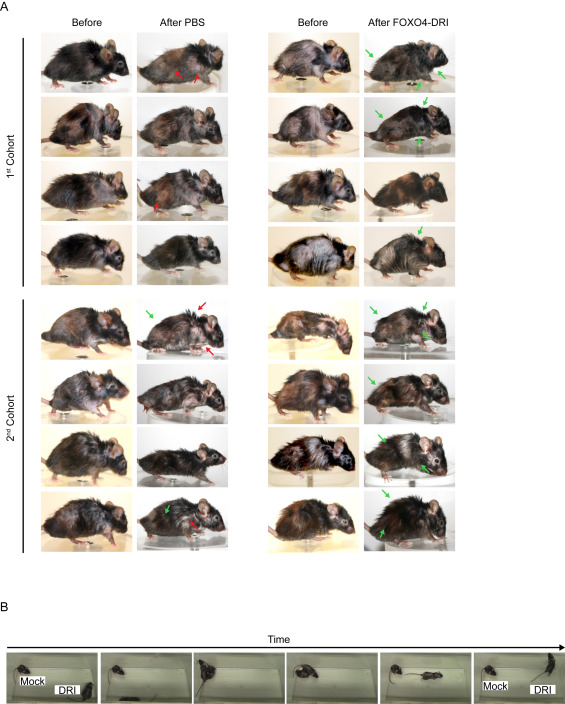Hair loss is caused by two main factors for the vast majority of men and women:
1) The ravaging effects of dihydrotestosterone (DHT) upon scalp hair in those who are genetically susceptible.
2) Aging.
Even in men that are genetically cursed with androgenetic alopecia, a majority seem to maintain decent hair into their 30s. i.e., they do not necessarily go fully bald in their late teens and early 20s, when testosterone and DHT production levels peak.
Moreover, many men with no male pattern hair loss can still end up rapidly going bald in their 60s and onwards due entirely to aging. Scalp skin and elasticity worsen with age, and an increasing number of hair cells tend to die as people get older (with some lucky rare exceptions). Therefore, a cure for aging could help a lot in delaying hair loss. Anti-aging research is a twin brother to hair loss research.
On a related note, the first thing you notice in young people with progeria is that they usually have no scalp hair left despite not even reaching puberty yet.
Senolytic Drugs to Slow Down Ageing Two Years Away?
I have covered senolytics and cellular senescence several times on this blog in the past. In brief, senescent cells (also known as “zombie” cells) are normal cells that have stopped dividing, but do not die and get cleared away as is typical. Instead, these zombie cells begin pumping out various damaging chemicals, which in turn harm healthy cells throughout the body. Senolytics in turn are anti-aging drugs that clear away these damaged zombie cells.
A large amount of research has been taking place in this field in recent years. Yesterday, the Mayo Clinic made a major announcement that a miracle senolytic drug could be on the market in as soon as two years. Worth a full read, and thanks to “Chris in CT” who first sent me the link for this story.
In mice, the senolytic drugs currently being tested have extended healthy lifespan by 36 per cent, the equivalent of adding around 30 years to human lifespans. More importantly, the treated mice have significantly more and better quality hair (fur).
The drugs used in this latest work in mice were a combination of dasatinib (used to treat leukemia) and quercetin (a flavonoid found in green tea, red wine and apples).
More research on this subject from Dr. James Kirkland’s team at the Mayo Clinic. According to Dr. Tamara Tchkonia, who works with Dr Kirkland: “As an optimistic person I can say we might have these drugs in maybe two years.”
Six human trials on senescent cell removal are already in progress, and an additional six will start shortly.
Recent interview with Dr. Judith Campisi where she discusses senolytic drugs and the removal of senescent cells from the human body:
